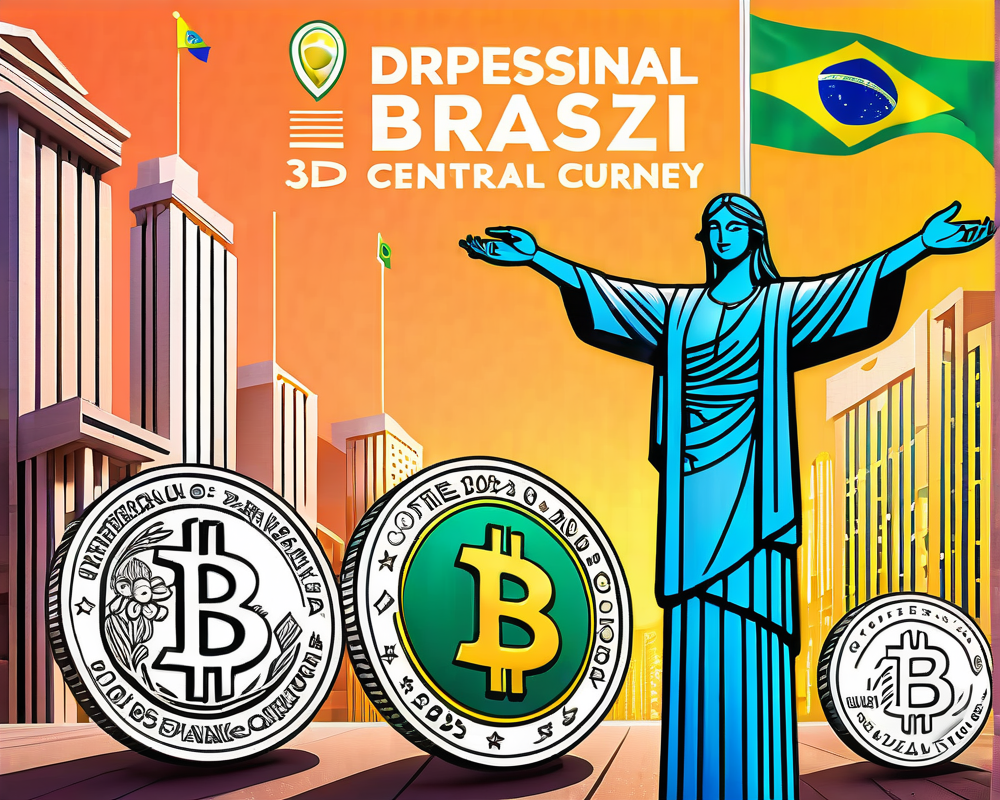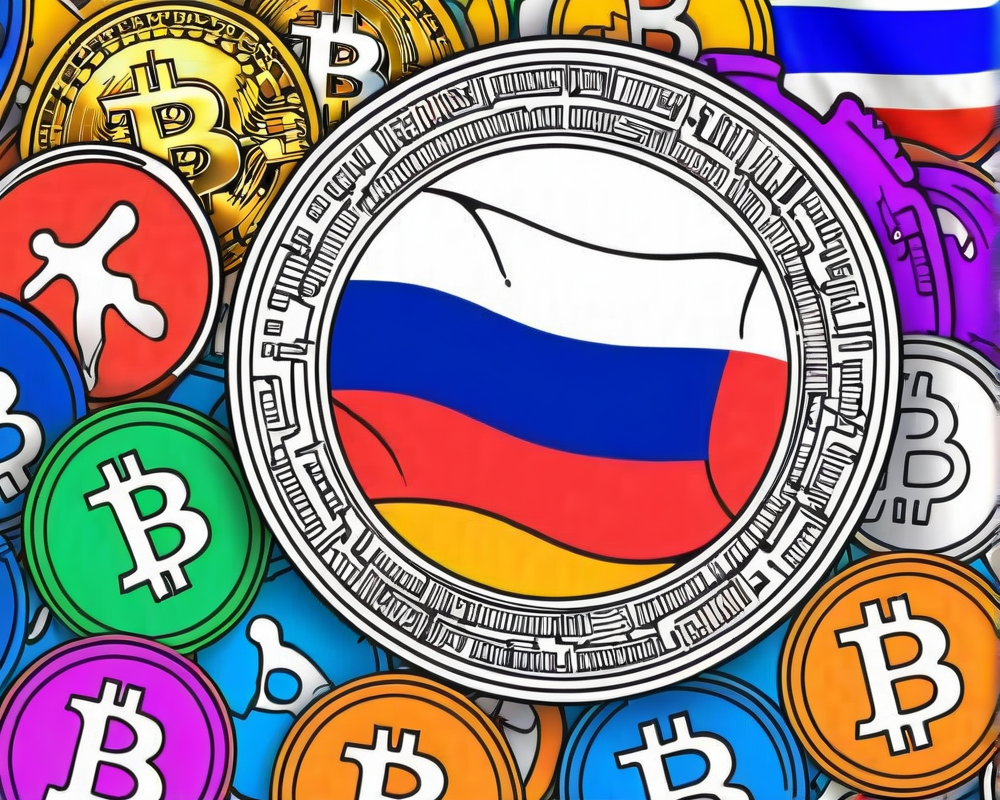What’s Cooking at Banco Central?
Roberto Campos Neto, the head honcho of Brazil’s Central Bank, has dropped a bombshell: a central bank digital currency (CBDC) could be on the horizon before the end of 2023. No, this isn’t another plot twist in a political drama; it’s genuine financial innovation in the making!
The Underlying Technologies
So, how did we get here? Brazil has been busy modernizing its financial infrastructure. With innovations like the PIX instant payment system and open banking, the groundwork for a CBDC is well-established. Picture this: peer-to-peer and business-to-business transactions that take no more than 10 seconds. That’s faster than your morning coffee brewing!
PIX: The Instant Payment Marvel
This new system allows Brazilians to make quick payments using their mobile devices, ATMs, or internet banking. If you thought waiting for payment confirmations felt like an eternity, prepare to be amazed.
Open Banking: A Customer-Centric Revolution
Imagine a world where switching banks is as easy as changing your Netflix password. Open banking facilitates the sharing of user information, empowering consumers to make informed financial choices. It’s a win-win!
CBDC vs. Cryptocurrencies: The Trust Factor
Campos Neto made it clear that a CBDC doesn’t play in the same sandbox as more volatile cryptocurrencies like Bitcoin. “A CBDC is a digital representation of our existing currency, backed by a national monetary authority,” he stated. It’s like finding a reliable friend in a sea of unpredictable acquaintances.
The Road Ahead
Banco Central has a dedicated task force working on assessing the CBDC’s fit within the national payment ecosystem. They’re expected to unveil their findings within 6-12 months. Grab your popcorn; this promises to be a fascinating show!
The Economic Impact
The introduction of a CBDC could revolutionize the Brazilian economy. Not only could it enhance payment efficiency and security, but it could also bring unbanked populations into the financial system. Imagine the possibilities!




